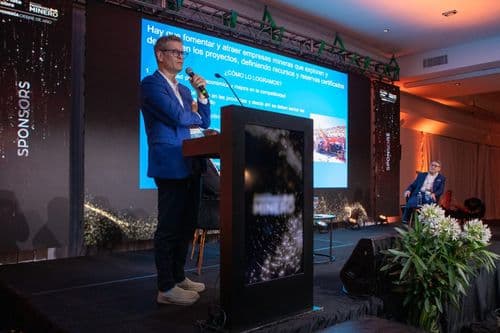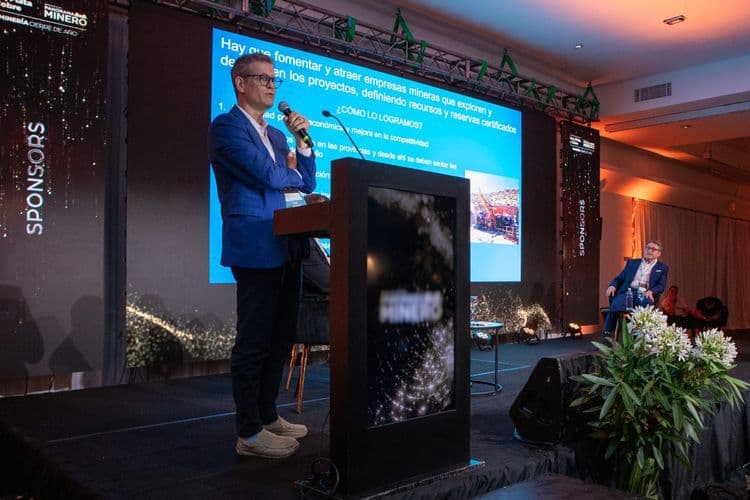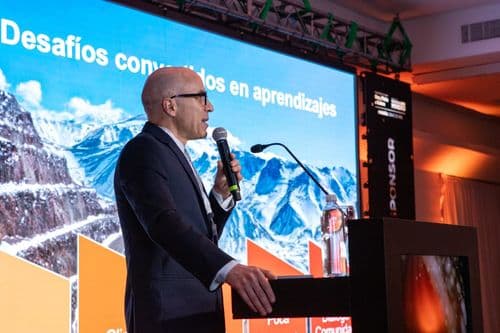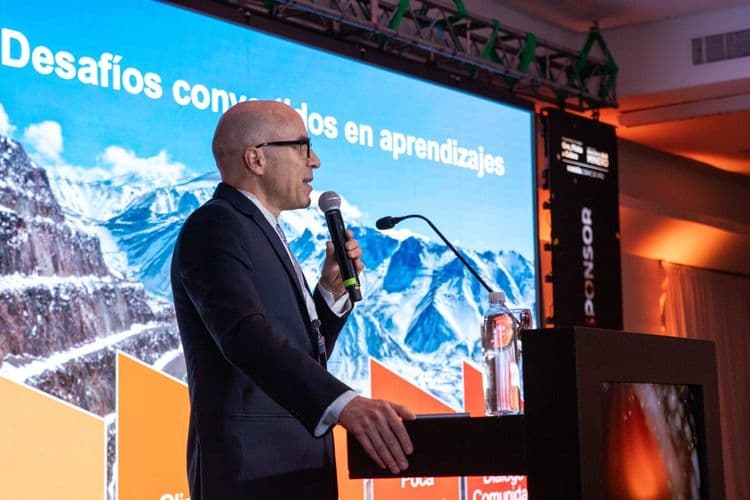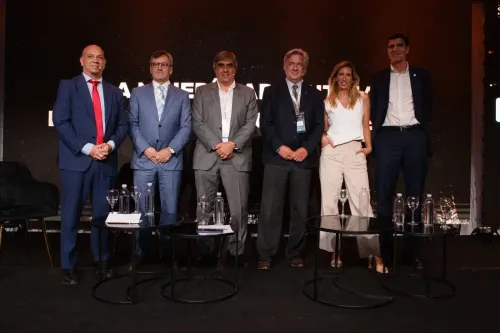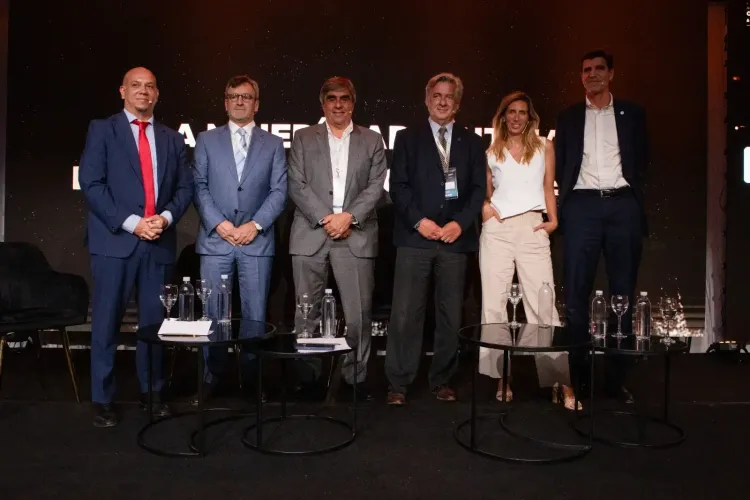PANORAMA MINERO is present at IMARC, the international event taking place in Sydney, Australia. John Fennell, CEO of the International Copper Association of Australia, outlines the challenges facing the copper sector, the reprocessing of old tailings, technological advancements, and how METS —Mining Equipment Technological Services— are a trademark of Australian mining.
By Panorama Minero
What is the International Copper Association for Australia and which are its most important objectives?
The International Copper Association for Australia is the oceanic region. There's a global International Copper Association, but we look after the Australasian area. We've got three or four downstream fabricators, manufacturers of cable and wire, copper tube, etc., but our members mainly it's the copper miners.
Our objectives are threefold. One is to promote the reputation for copper and copper mining. Secondly, is to enhance the mining industry's pathway to net zero. And thirdly, is to identify new technologies for copper downstream.
When you say the green challenges in order to get to net zero, do you think that we are finding enough copper or not yet?
No. If you look at the future growth of demand for copper to scale up to get to 1.5 degrees by 2050, which is not going to happen, but 2.6 degrees as a base case, then we need to increase our exploration for copper and we need to start getting mines operating more quickly. And in much of the world, the regulatory bodies are so difficult that it's taking 20 years to 24 years to open a new mine.
And if that's the case, then highly likely we're not going to have enough metal to meet the needs of the transition to zero.
We've got plenty of resource. We have plenty of reserve of copper in the ground. There's 837 million identified tons of resource: 40 years of production, basically.
But we're not actually extracting it from the ground.
Which are there new trends in copper processing? Do we still have the same technology as decades ago?
Every year it's improving. They're finding better ways to get more copper out of the material.
And that's just a continuing process. I think what they're doing now, though, is they're recognizing there is so much demand going forward that they're looking at tailing sites, they're looking at old dump sites. Because the price of copper is so strong, it now becomes, and the price of gold is so strong, and you often got tailings of copper and gold in there, it becomes economic.
Old tailings are attractive?
Absolutely. And that's happening. I mean, you're finding that you've got tailings dams with 0.6 to 1 percent grades of copper, which is higher than the new mines. And it's just sitting there.
Do you see a shift in gold producers to add copper to its portfolio?
I think right at the moment, anybody who is producing gold is pretty focused on gold. I mean, estimate, it's US$4,000 an ounce now.
Estimate to go to US$5,000 an ounce. I mean, the C1 costs are probably US$1,700 an ounce. That's a lot of profit.
Is there still room for research and development related to copper production and processing? Do you see technological shifts?
We have launched a digital knowledge platform called ConnectOre, which is based on a standard taxonomy with five deep-dive research reports into the five different emission themes of copper. And we've now elevated that onto a digital knowledge platform, which is supported by generative AI, which enables the mining executive very quickly to work out what are the best technologies today for water or for mineral processing or material movement, and what's coming down the pipeline, so they can make better decisions, become more operationally efficient.
So that's the sort of thing we're doing to help this industry get there. You can have people in the outback of Australia connecting with a METS company in Chile who's working on more efficient ore sorting technologies or mineral processing. So we're building this connection platform.
Is there a trademark of Australian mining to have these METS to bring solutions to our countries?
Yes. The METS companies are all here at IMARC, and they're very advanced. In the case of the Australian mining industry, the technology is very advanced.
Do governments finance these small companies in their developments?
I think there's plenty of evidence that the government is supporting the technology at the, firstly, at the university level, and secondly, at the METS level. So they're now, if a METS company comes up and says, we can crack this technology challenge, then they're quite keen to do that.




